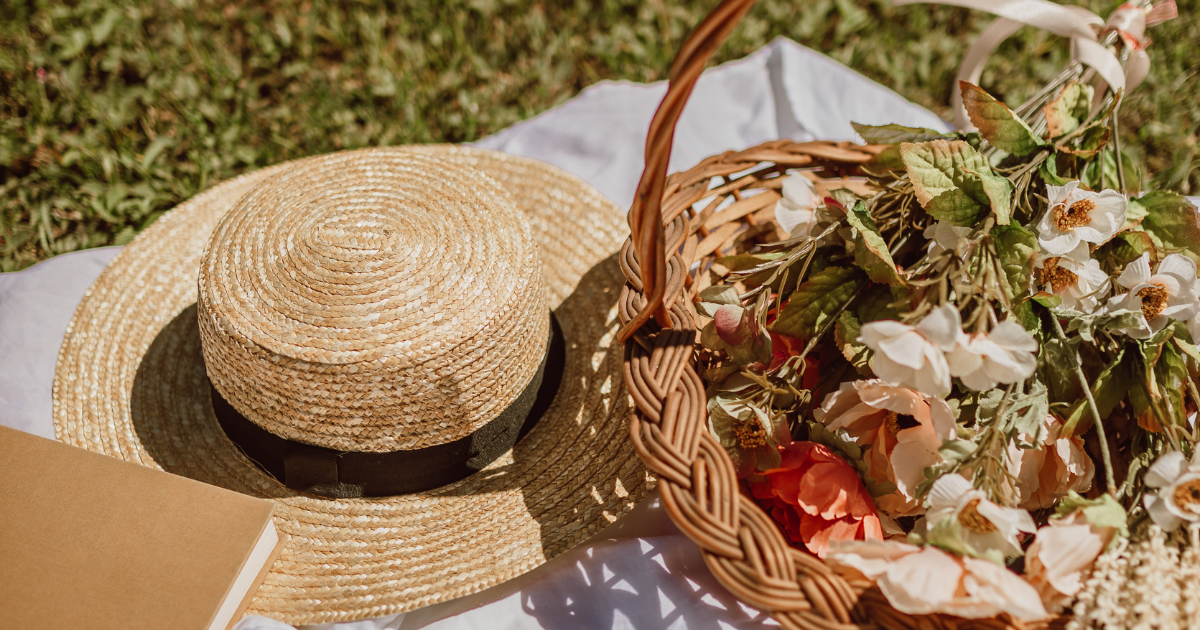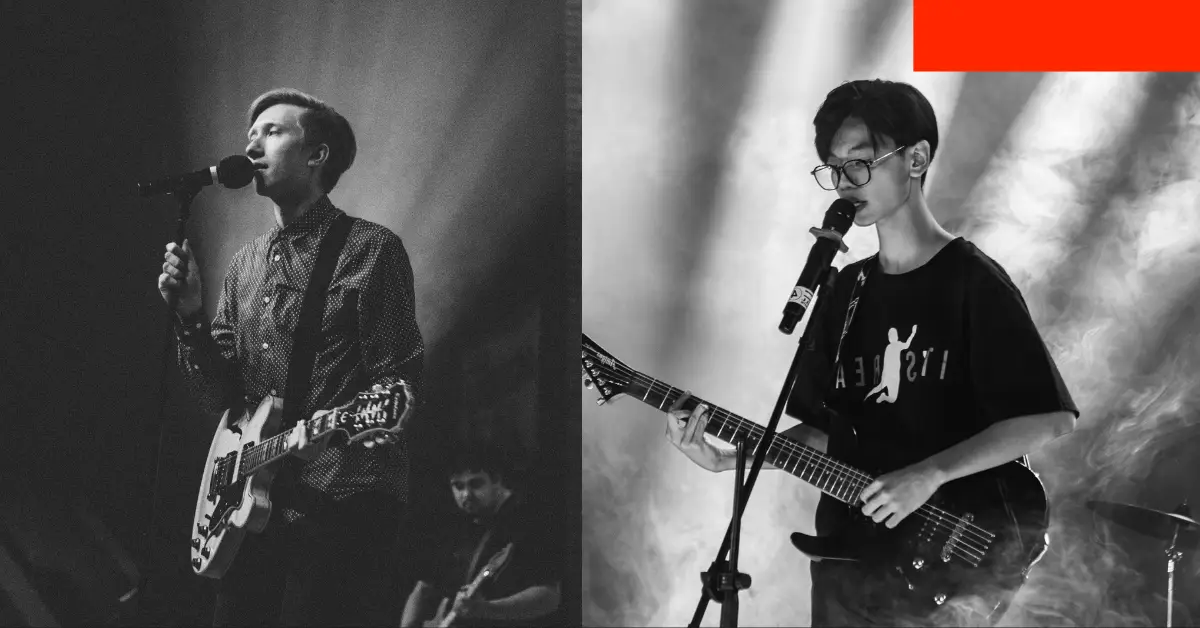Usually, when it comes to high fashion, there are always editorial styles which are beyond art; it goes into fantasy and creates something exceptional. One of such trends which has emerged recently and is taking the fashion industry by storm is the incorporation of witch aesthetics into
Editorial fashions [Trendy Enchantment]. As ‘Enlarging’ expectations become there, less and less do we consider stretching A’a writing, and more ever do we let it slide it into art’. D. Within every century almost every possible art form has undergone a drastic transformation. There is both a stark contrast between imaging still within those extremes.
1-Witchcraft and Magick and their Beauty in Design
The aristocracy of witchcraft sustained by mysticism, magic and otherworldly reality has been the subject of public interest. In clothes, it is manifested in the creation of designs with themes of dark romance, mystery and power. Typically, one thinks of witch fashion in terms of costumes, or creepy Halloween looks. The reality is far more driven and stylish, and one embraces the more mythic and other-worldly aspects of witches. And this season, more and more in costume design, that painters began to impose such free fancies.
Witching appeal is indeed far from very magical witch reign If Sheer velvet yokes, draping or slitting wizard gowns piercing, netting corset, elaborate guipure lace, and twisting beadwork rhinestones. This makes the wearer powerful while the latter provides an aura of mystery. Mullins and Mccqueen and west wood, espouse most often the use of witchcraft or witches as an inspiration of their design resulting into dark but stylish pieces that are used in the modelling campaigns.
2. Fashion As An Art Editorial
Fashion, in the eyes of an editor, is the expression of clothes through art. It involves not only designing models which can be worn but also creating a storyline using dresses, makeup, and hairstyles. Editorial photo shoots tend to be like works of installation art, where every aspect, from the type of fabric to the location, is selected to induce feelings. It is here that the ’witch’ influence in fashion draws the most attention.
Couture can also be defined as editorial fashion. In this case, designers will incorporate factors of witchcraft, for example moons, pentacles, charms in the plot. These symbols do not depict anything strenuous but carry a meaning of enigma and sorcery. This is what in editorial fashion allows to take such components and make them gorgeous, which is attractive to people and which can’t be achieved in ordinary fashion.
3. The Use Of Dark Color Palettes And Thick Textures
One of the defining features of witchy aesthetic, is the incorporation of dark and moody colours. How’s the Emma Watson code: black, shades of deep purple, forest green, and blood red are the most used colours thus creating an air of suspense and drama. In editorials, wearing such warm toned colours are a few of the most preferred while velvet, silk and lace textures are the most used. The concepts of dark colours and light material offer a new dimension to the designs making them appealing and suitable for editorial photo shoots.
In addition, these textures provide a three dimensionality to the garments, so instead of just looking at them, one also appreciates how they would feel in contact with the skin. This contrast can create an ominous and seductive story which is the beauty and mystery of women: soft silk versus rigid leather or lace. These elements of design are also characteristic of the ‘witch’ aesthetic.
4. Editorial Fashion and its Witchcraft Symbolism.
Art can be said to represent a lot of things and so is fashion. While depicting witchcraft one can easily apply rich vivid imagery. In most cases, especially in fashion editorials, imagery is used to portray exaggerated gestures, styles and props. Various symbols like the moon, stars, snakes, and the eye are seen in witch-themed fashion, each having its own meaning in witchcraft context. The lunar phases signify feminine power, and the instinct, and the background of life phases while snakes are a symbolism of transformation and change.
Such images can exist on textiles, in the form of embroidery, as jewellery such as necklaces as well as rings, or utilise the figure itself in the shoot in the case of makeup or hairstyle. The use of such images becomes an interplay of design, as they enable different interpretations of the designs by the audience.
5. The Modern Witch: Power and Femininity
The modern witch aesthetic is regarded as more than just a phase; it is one that empowers and encourages self-discovery. In editorial fashion, this notion is manifested in the form of clothing that is daring yet feminine. Free flowing, but strategically crafted dresses, high heeled shoes, caped jackets are some of the traditional features that have been reinterpreted into modern day fashions without entirely losing their witch like attributes. In editorial fashion, the same aspect of the ‘witch’ has been upscaled to reflect power, decorum and self-reliance.
The models in the editorials often personify the concept of a modern witch quite well: a woman who is proud, courageous, and has no apologies. This witch-inspired fashion portrayed in these spreads is not meant for a pensive blending in; it is about a flamboyant showcasing, a display of the intriguing, fierce, witch-crafty energy.

6. Editorial Shoots: Theatrical and Cinematic
There is an editorial fashion shoot focusing on witches; the shoot has a rather theatrical or cinematic nature. Costumes, props, lights, and make up are all integrated to transport the audience into a world beyond fantasy, where magic exists. Witchcraft inspired editorials may want to use images of dark woods or moonlit nights or monstrosity castles that are perfect images to place the wonderful attires on display.
The artistic aspect of the make-up in these editorials, however, does not stop there. Black eyeliner, vibrant scarlet lipstick, and a ghostly white complexion all enhance the witch-like atmosphere, while hairstyles adorned with natural materials such as branch and flower add ons, are designed to complete the entire effect. This meticulousness transforms the garment from just a piece of cloth to an entire form of art.
7. Fashion as a Form of Self-Expression
As its primary purpose, fashion is somewhat of an art form. The emergence of witch fashion in fetish editorials is therefore an example of a longing for greater individualism. Where everybody looks the same, the witch aesthetic is a way of not conforming. It enables one to appreciate their sensuality, allure, and eccentricity. In srip themost extreme that this idea is presented is editorial fashion. It is explained that clothes can be a manifestation of values, feelings and motivating traits of a person.
8. Witch Fashion in Popular Culture
The phenomenon of witch fashion in pop culture does not only dwell within the pages of the ‘glossies’. They come in movies, television programs, and even music videos. It is a visual story-telling element that has always been there and sticks with the audience. With the fusion of such dark and mystical elements in the costume of the characters apparent in the movie “The Witch” or the series “American Horror Stories – Coven,” this particular style has taken flight in the media as well.
With this cultural presence, it is understandable that fashion inspired by witches has been gaining much interest and attention in current times. It is no longer just forced into the editorial pages of magazines.
Conclusions
There is more to the combination of witch art and editorial fashion than a passing phenomenon. It is a declaration of mind, enigma, and enchantment. Incorporating the gloomy and metaphorical aspects helped designers and artists to create up-to-date entrusted works. And this aesthetic will continue to be relevant in both, art as well as, fashion as a powerful source of inspiration for ages to come.
It could be the extravagant shapes, the textures, or the meanings hidden within, which fashion is further than the range of clothes and there is vast admiration for it. Editorial fashion’s capability to transform these aspects into a complete artistic form is what makes it an exciting element of the industry as it brings a new way of looking at fashion and art in general.











